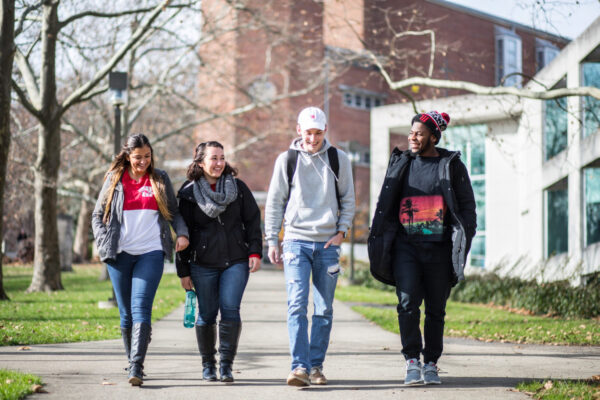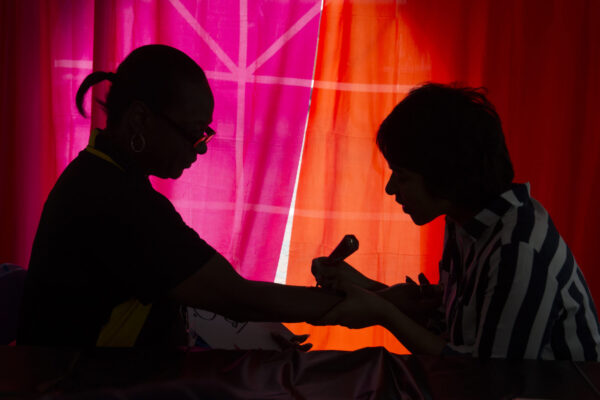Alleviate Student Loan Defaults With Income-Driven Repayment Plans (IDRs)
Title: Unforced Errors: How One Simple Fix Could Improve Student Loan Repayment
Authors: Daniel Kreisman, Georgia State University
Source: Third Way
Student loan repayment is again becoming a hot topic in higher education as the pause on student loan payments will end after January 31, 2022. In the report, Daniel Kreisman notes concerns that a return to repayment of loans would result in a large default across borrowers. However, this may not be the case, particularly if borrowers take advantage of income-driven repayment plans (IDRs). Enrollment remains the main challenge in an IDR plan, with borrowers automatically entered into fixed repayment plans upon graduation.
The author conducted an experiment in which 542 undergraduate students participated in a real-life simulation of the student loan exit counseling website. Using this simulation, students in the experimental group chose a repayment plan based on a variety of factors, including earnings of recent graduates. Results from the study found that those receiving the standard student loan counseling chose the traditional repayment plan at 63 percent, but when provided the IDR plan as the standard, more students chose to stick with the IDR payment plan rather than revert to the traditional system.
So, what does this mean for student loan repayments? The author comments on the “importance of simplification of getting better outcomes”. Citing the recent movement to simplify FAFSA applications, they argue the need to do the same for student loan exit counseling and repayment education. Given that student loan defaults are highest among students with low debt, who may not have a degree, and receive salaries that make loan repayment less viable, Kreisman argues that “all evidence points to this [student loan repayment] as a policy failure costing both students and taxpayers”.
The author suggests three main recommendations to revise the student loan repayment system:
- Make IDR the only repayment option: this is common practice in other international higher education sectors and balances between high loan amounts and no-cost college where those who could afford it would not have to pay.
- Automatically deduct payments from paychecks through withholding: the premise of IDRs is not controversial, but the logistics of how to implement is, due to challenges in cross-agency collaboration.
- Handle contingencies and non-standard cases separately: citing exceptions like non-standard income reporting or tax deductions working against required payments, the report cites the need to consider these cases separately to alleviate harm to students and taxpayers.
Overall, the report notes that making IDRs the only way to repay student loans, with an option for pre-payment, and making repayment automatic would reduce student loan defaults and increase repayment rates of student loans.
To read the full report, please click here.
—Ben Cecil
If you have any questions or comments about this blog post, please contact us.


